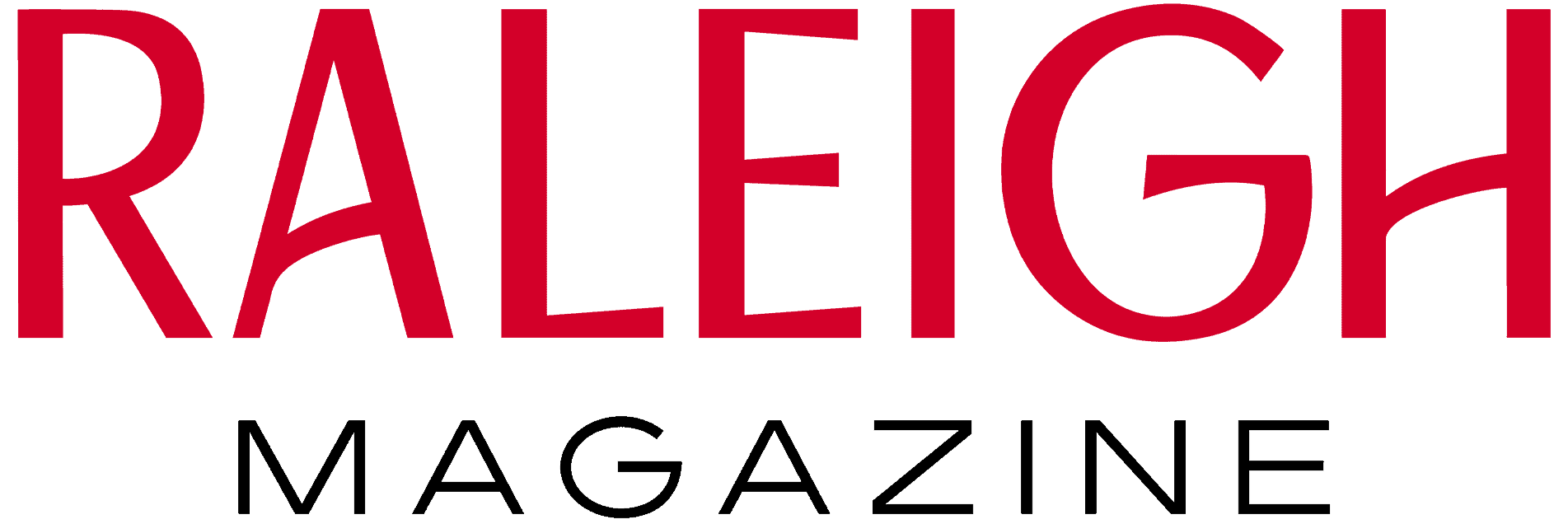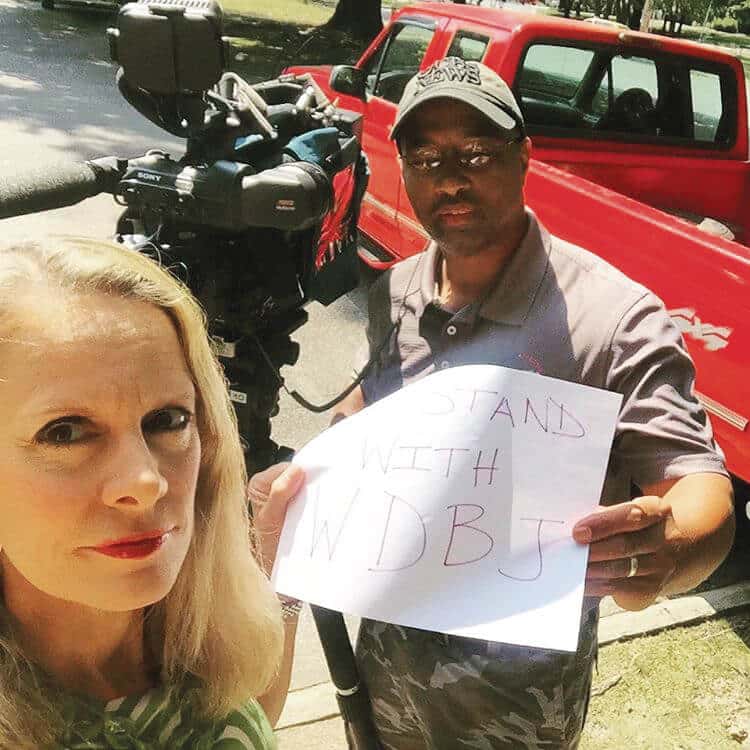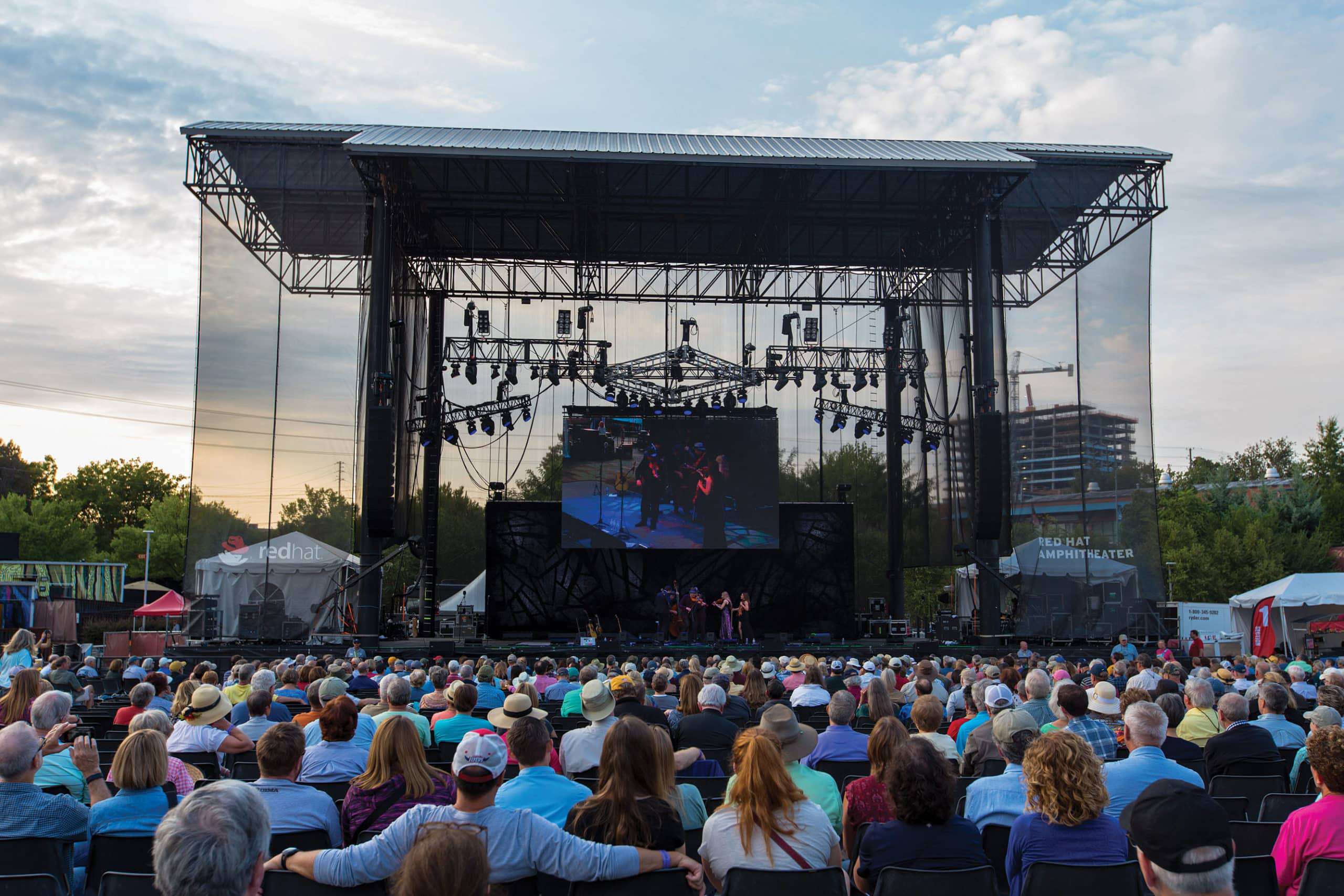Share this Post
At the end of August in Roanoke, Virginia, reporter Alison Parker, 24, and cameraman Adam Ward, 27, were shot to death by a disgruntled ex-coworker during a live broadcast for WDBJ.
The incident rattled newsrooms across the nation. Raleigh Magazine caught up with veteran WRAL crime reporter Amanda Lamb to ask about the risk of live reporting and if she’s ever been scared at work.
Q: Have you ever been afraid while doing a live shot?
There are times when I’ve been scared with good reason and times when I should have been scared and wasn’t. As a crime reporter, I put myself in a lot of situations where I’m approaching people who don’t want to speak with us. This conflict always puts the crew in a situation where we have to be on guard, and we are. But you can’t plan for every possible scenario. When you’re on the air, it’s a time of complete concentration for the on-air person and the photographer. It’s hard, if not impossible, to always be aware of your surroundings like you are when you’re knocking on a door trying to get an interview.
Q: Give me an example of a time you were scared and what you did about it.
Several years ago, me and my photographer Chad Flowers knocked on the door of a murder suspect’s family. It was also the scene where the shooting had taken place, in the yard. They weren’t home so we left a business card in the door and retreated to public property, to the street, to get video of the yard. When the family returned and saw us shooting video, I approached them and identified myself and asked them if they would like to talk. They began yelling at us and took our tripod. We got into the car with the camera, and one of the suspect’s sons came at our windshield with a broom handle and tried to break the glass. We took off and called 911. The Wake County Sheriff’s Office was able to get our tripod back, thankfully. That was probably the most frightening incident I can recall, but there have been many, many others over the years. People have grabbed our cameras, pushed our photographers and threatened us.
Q: What does the WDBJ incident mean for the industry?
I don’t think it changes what we do in any way. Frankly, we can’t prevent it other than by being aware of our surroundings, which we are. It could just as likely happen at the grocery store. Basically, I consider it workplace violence. There are so many things that it can teach us, however, especially about mental illness. What are we doing in terms of spotting, treating and tracking people suffering from mental illness? I think these are the questions we need to be asking—not should news crews travel with armed guards.
We live in a free society, and part of that is that we’re all always at risk. Sure, stepping in front of a television camera may make you a bit more vulnerable, but let’s face it, we all walk around with cameras in our hands every single day. Anyone has the ability to commit a crime and tape it or even livestream it from a phone. No one is immune to this.
Q: Does an incident like this make you reconsider your line of work?
Most of us do what we do because we care about the stories and the people we cover and believe in the concept of a free press. You saw the support around the country for the people of WDBJ from the media. We are a small, tightknit industry. The tragedy hit home even for older, veteran journalists who were once wide-eyed, hopeful reporters trying to make their way in this crazy business. We stand together not only in supporting them, but in the belief that what we do matters, and we will not back down.
Share this Post





